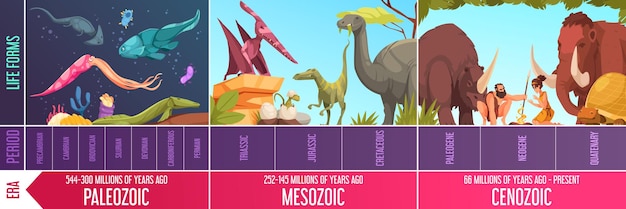Interesting Brontosaurus Facts

The Brontosaurus, also known as the Thunder Lizard, roamed the Earth over 150 million years ago.
Brontosaurus dinosaurs were herbivores, meaning they only ate plants and vegetation.
The Brontosaurus had a long neck that helped it reach leaves high up in trees.
At about 75 feet long, the Brontosaurus was one of the largest land animals to ever exist.
Brontosaurus fossils have been found in North America and are now housed in museums around the world.
The name Brontosaurus means thunder lizard in Greek.
Despite its massive size, the Brontosaurus had a relatively small brain.
Brontosaurus dinosaurs moved on all fours and was not capable of running.
They belonged to a group of dinosaurs called sauropods, known for their long necks and tails.
The Brontosaurus had a friendly and gentle nature, according to scientists’ research.
Their long necks would allow them to reach vegetation that other animals couldn’t access.
Interestingly, recent studies suggest that the Brontosaurus may have been able to swim.
Brontosaurus dinosaurs had hollow bones, which helped to lighten their enormous bodies.
Brontosaurus fossils were first discovered in the late 19th century.
As herbivores, the Brontosaurus had flat teeth that were perfect for grinding tough plant matter.
The Brontosaurus had a long, whip-like tail that it could use for defense against predators.
It is believed that Brontosaurus dinosaurs lived in herds, protecting each other from danger.
Interesting Brontosaurus Facts part 2
Despite their massive size, Brontosaurus dinosaurs probably consumed a large amount of food to survive.
The Brontosaurus’ long neck allowed it to eat leaves from tall trees without having to compete with other dinosaurs.
The Brontosaurus’ tail could have caused loud cracks when swung, creating sonic booms.
The Brontosaurus’ long neck would have allowed it to see danger approaching from afar.
Brontosaurus fossils have provided scientists with valuable information about life during the prehistoric era.
Brontosaurus dinosaurs may have used their long necks as a way to communicate with other members of their herd.
The Brontosaurus’ massive size would have made it a formidable presence in their ecosystem.
Scientists believe that the Brontosaurus’ long neck was also used as a weapon against predators.
The Brontosaurus’ front legs were shorter than its back legs, making it easier for them to graze on low-growing vegetation.
The Brontosaurus’ nostrils were located on top of its head, allowing it to breathe while partially submerged in water.
Despite its size, the Brontosaurus had a relatively small mouth, limiting the size of the plants it could consume.
Brontosaurus dinosaurs are often depicted in popular culture, such as movies and books.
The Brontosaurus’ massive body would have made it nearly immune to attacks from smaller predators.
The Brontosaurus’ tail could have been used to communicate through various movements, such as wagging or swaying.
The Brontosaurus’ long neck allowed it to live in a wide range of environments, from forests to swamps.
Despite its massive size, the Brontosaurus’ bones were relatively lightweight.
The Brontosaurus’ long neck would have helped it keep an eye out for predators while grazing.
Brontosaurus dinosaurs are believed to have migrated seasonally in search of food.
The Brontosaurus could have swallowed rocks to help grind food in its stomach.
Despite its size, the Brontosaurus was not considered a threat to humans, as it was an herbivore.
The Brontosaurus’ long neck may have helped regulate its body temperature by extending it into shaded areas.
The Brontosaurus’ tail was so long that it could have reached the ground while the dinosaur was eating.
The Brontosaurus’ massive footprint fossils have been found, giving scientists an idea of its size and weight.
Brontosaurus dinosaurs would have had to eat for several hours a day to sustain their massive bodies.
The Brontosaurus’ long neck helped it navigate through dense vegetation without getting entangled.
The Brontosaurus’ long neck would have made it difficult for predators to successfully attack them.
Fossilized Brontosaurus footprints have been found, providing evidence of their presence millions of years ago.
The Brontosaurus’ massive size and long neck make it one of the most iconic and fascinating dinosaurs in history.

